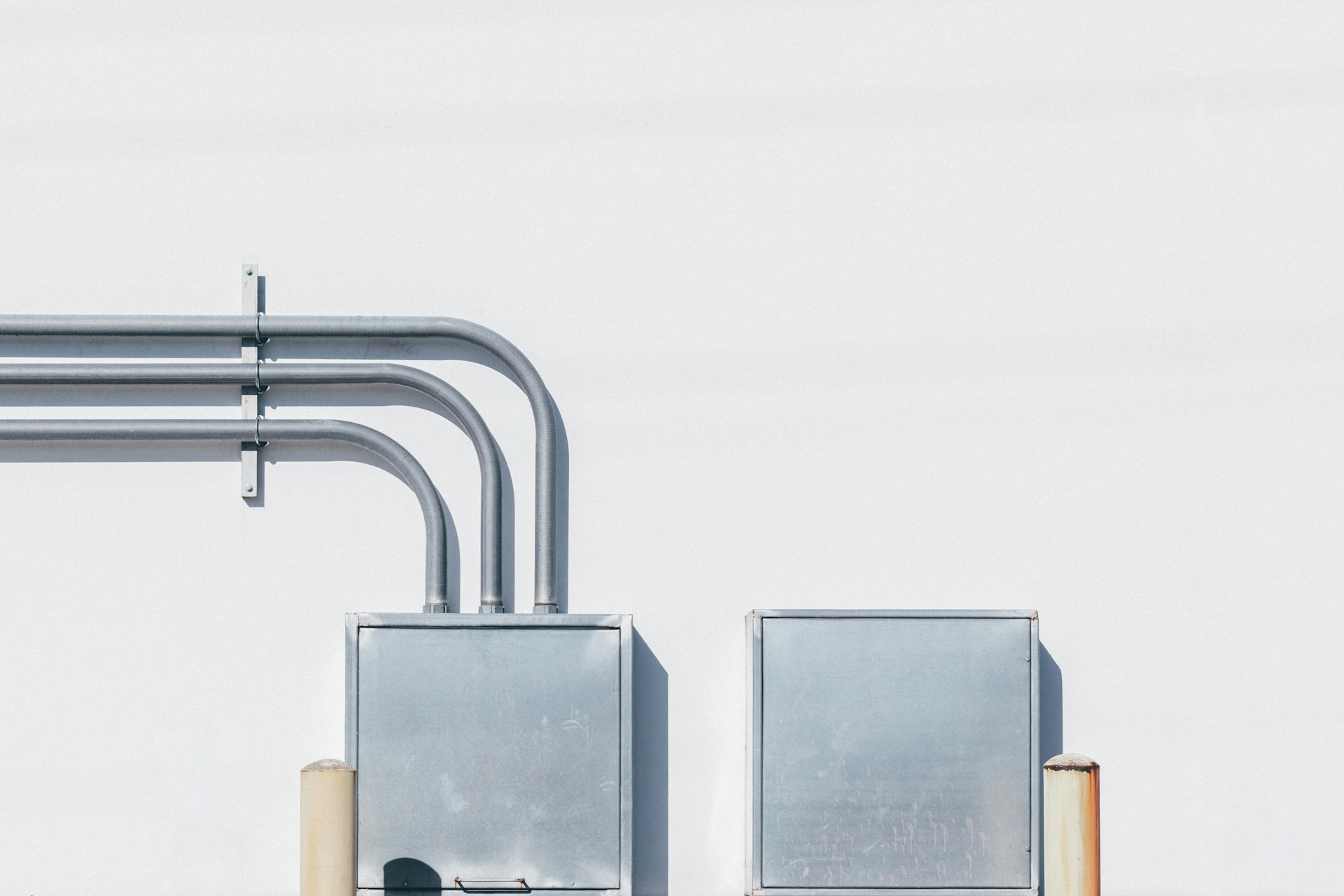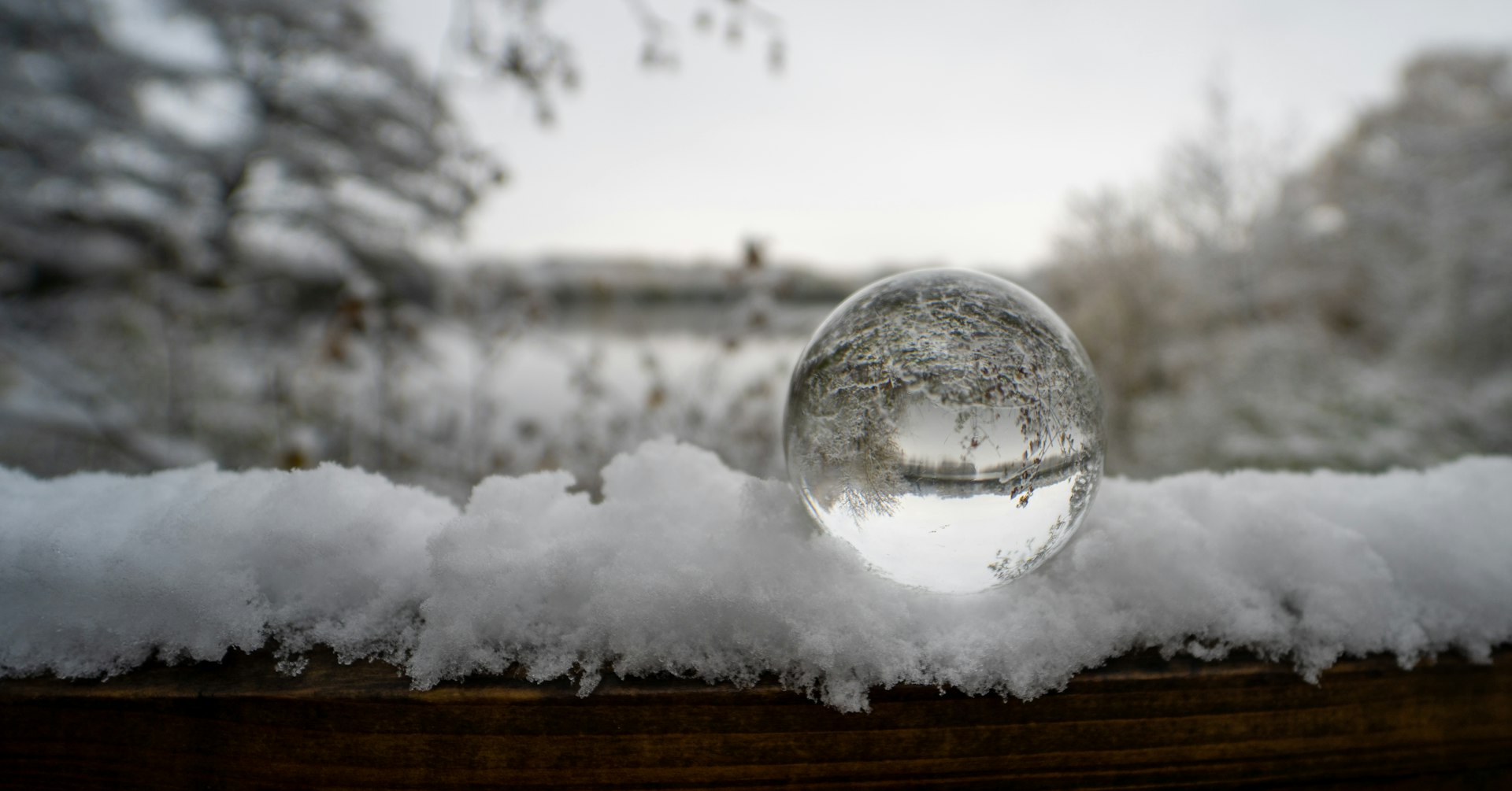Proven DIY Methods for Safely Cleaning Silver at Home

Photo by Supply on Unsplash
Introduction
Silver adds elegance to any setting, whether in the form of flatware, jewelry, or decorative heirlooms. However, over time, silver is prone to tarnish-a natural reaction that dulls its shine and leaves behind unsightly dark spots. While commercial silver cleaners exist, many contain harsh chemicals and can be expensive. Fortunately, you can restore your silver’s brilliance at home with simple, safe, and effective do-it-yourself (DIY) methods using items already in your kitchen. This guide explores multiple proven approaches for cleaning silver, step-by-step instructions, alternative options, and tips to help you achieve the best results while protecting your treasured pieces.
Understanding Silver Tarnish and Why DIY Methods Work
Tarnish forms on silver when it reacts with sulfur-containing substances in the air, resulting in a black layer of silver sulfide. DIY cleaning methods work by either physically removing this layer or converting it back to shiny silver through a safe chemical reaction. Most effective home solutions rely on household staples like baking soda, aluminum foil, salt, and hot water to initiate this process without damaging your silver or exposing you to harmful chemicals [1] .
Baking Soda Paste Method
This approach is ideal for larger items or pieces with intricate patterns. The mild abrasiveness of baking soda lifts tarnish without scratching the silver’s surface.
Materials Needed:
- 1/2 box baking soda
- Water
- Small bowl
- Soft, clean cloth or sponge
Step-by-Step Instructions:
- Mix baking soda with water in a small bowl to create a thick, wet paste.
- Dip the cloth or sponge into the paste and gently rub it onto the tarnished silver.
- For lightly soiled silver, leave the paste on for about 30 seconds; for heavier tarnish, wait up to 10 minutes.
- Rinse thoroughly under cool water, ensuring all baking soda is removed from crevices.
- Dry well and buff gently with a soft, clean cloth to enhance shine.
Expert Tip: Avoid using abrasive pads or brushing too hard, as this can scratch the silver’s surface [1] .
Electrolytic Cleaning: Baking Soda, Hot Water & Aluminum Foil
This method leverages a safe chemical reaction to remove tarnish and is particularly effective for small items like jewelry, flatware, or coins. The process is gentle, quick, and requires minimal scrubbing.
Materials Needed:
- Baking soda
- Very hot or boiling water
- Large glass or metal dish, lined with aluminum foil (shiny side up)
- Soft cloth for buffing
Step-by-Step Instructions:
- Line the bottom of your dish with aluminum foil, shiny side up.
- Arrange the tarnished silver items on the foil.
- Boil enough water to cover all the items.
- Pour the hot water into the pan.
- Add two heaping tablespoons of baking soda (or one cup per gallon of water) and sprinkle it evenly across the pan. You may notice bubbling, which indicates the reaction is working.
- Soak the silver for 30 minutes to allow tarnish to transfer from the silver to the foil.
- Remove the items, rinse well, and dry with a soft cloth.
Example: Many users report this method as highly effective for cleaning silverware and small jewelry pieces quickly and with minimal effort [1] [3] .
Salt, Baking Soda & Foil Boiling Method
For heavily tarnished or larger items, you can boost cleaning power by adding salt and using a boiling process. This is an enhanced electrolytic method and suitable for items that are safe to submerge in boiling water.
Materials Needed:
- Large pot or deep pan lined with aluminum foil (shiny side up)
- 1 teaspoon baking soda
- 1 teaspoon salt
- Water (enough to cover the items)
- Tongs for removal
- Soft cloth for buffing
Step-by-Step Instructions:
- Line the pot with aluminum foil and place silver items inside.
- Add enough water to cover the items by at least two inches.
- Add baking soda and salt, then bring the water to a gentle boil.
- Let the items boil for about four minutes. You should see the foil darken as it absorbs tarnish.
- Use tongs to remove the silver, rinse thoroughly, and buff dry.
Case Study: Many people use this method before special occasions to restore serving trays or coffee pots to their original shine [1] .
Alternative Approaches for Cleaning Silver
In addition to the above, there are other DIY strategies for cleaning silver at home:
- Lemon Juice & Baking Soda: Mixing lemon juice with baking soda creates a mildly acidic paste. Gently rub this onto the silver, rinse, and dry. This is useful for light tarnish and adds a pleasant scent, but is not as strong as the foil method [3] .
- Toothpaste: For stubborn spots, non-gel, non-abrasive toothpaste can be applied with a soft cloth, then rinsed and dried. Toothpaste is mildly abrasive and can polish silver, but avoid using it on antique or valuable items to prevent micro-scratching [2] .
- Commercial Silver Polishes: For heirlooms or items with sentimental value, consider professional cleaning or commercial polishes designed specifically for silver. These are available at most hardware or home goods stores, but always review the label for safety and efficacy.
Step-by-Step Guidance for Accessing DIY Silver Cleaning Resources
If you need further guidance or want to learn more about safe cleaning practices, consider these pathways:

Photo by Kristine Wook on Unsplash
- Look for detailed cleaning guides and video tutorials from reputable household brands or established home care websites. For example, Arm & Hammer provides comprehensive instructions for multiple methods [1] .
- Search for “DIY silver cleaning methods” or “how to clean silver naturally” on official home maintenance and cleaning association websites.
- Consult major home and lifestyle publications for regular updates and expert recommendations. Food52, for example, offers tested rankings of different silver cleaning methods [3] .
If you are unsure about the safety of any method for a specific item, especially valuable or antique pieces, you can contact a local jeweler or professional silver restorer for advice before proceeding.
Common Challenges and Solutions in DIY Silver Cleaning
While these methods are effective for most household silver, challenges can arise:
- Stubborn Tarnish: For deep, persistent stains, repeat the soaking process or use a soft toothbrush to gently work the cleaning paste into crevices.
- Delicate or Antique Silver: Avoid harsh abrasives or boiling methods for delicate, intricately crafted, or antique pieces. Instead, use a diluted baking soda paste and consult experts as needed.
- Residue in Patterns: Ensure thorough rinsing to prevent baking soda or salt from drying in detailed areas, which can dull the shine or cause buildup.
For best results, always dry silver completely after cleaning to prevent water spots and store it in anti-tarnish bags or cloths. Regular gentle polishing helps maintain shine and reduces the frequency of deep cleanings.
Summary and Key Takeaways
Cleaning silver at home is safe, effective, and affordable when you use the right DIY methods. Baking soda, hot water, aluminum foil, and salt are powerful tools for removing tarnish without harsh chemicals. Alternative methods like lemon juice and toothpaste offer flexibility for different situations. Always handle your silver with care, rinse thoroughly, and seek professional advice for valuable or irreplaceable pieces. By following the guidance above, you can keep your silver shining brightly for years to come.



